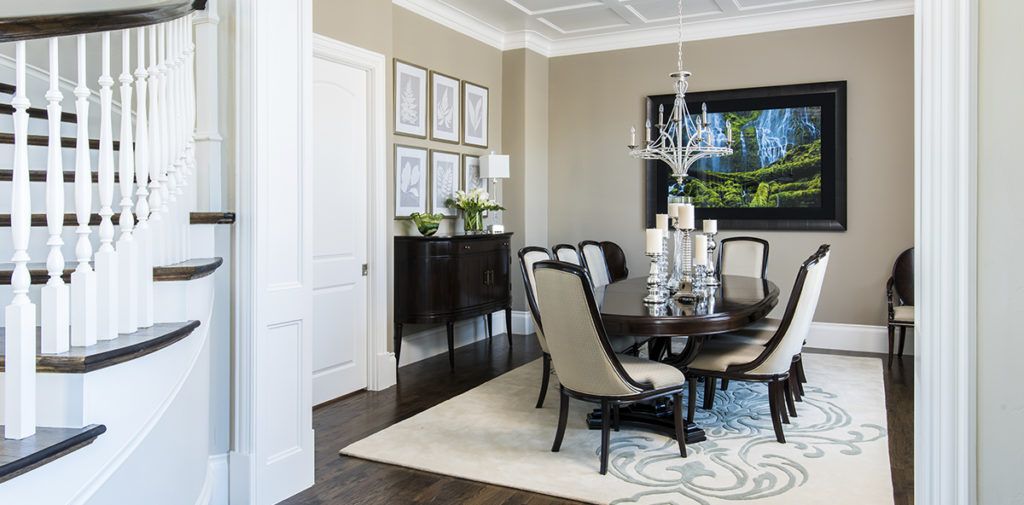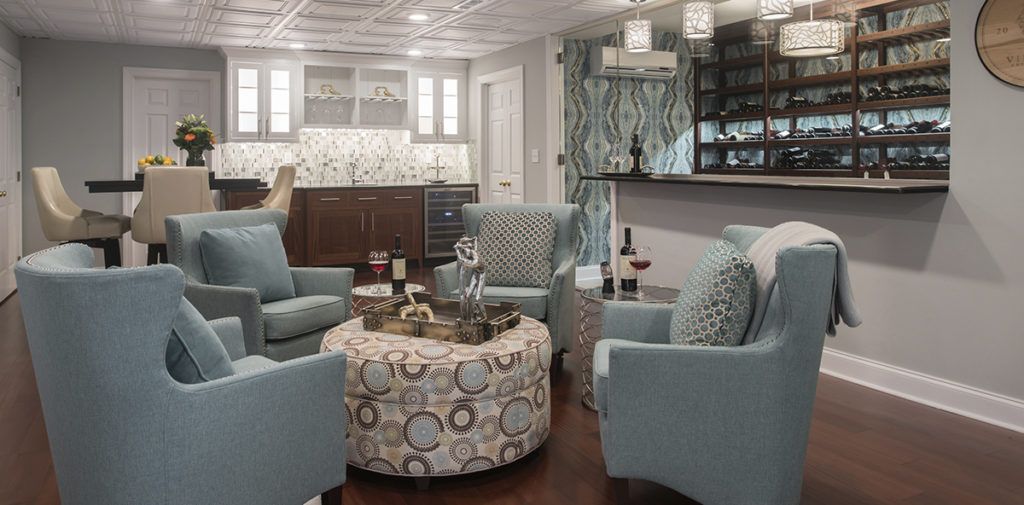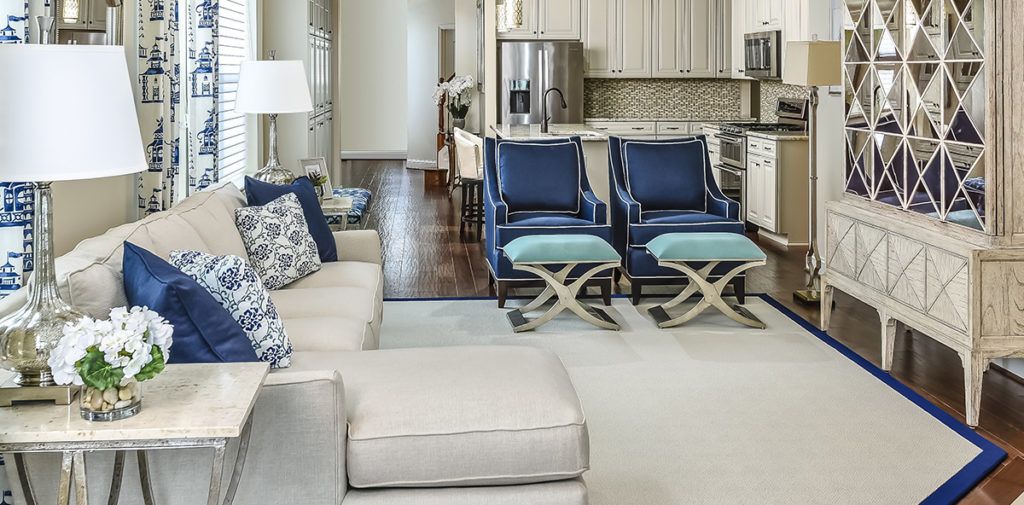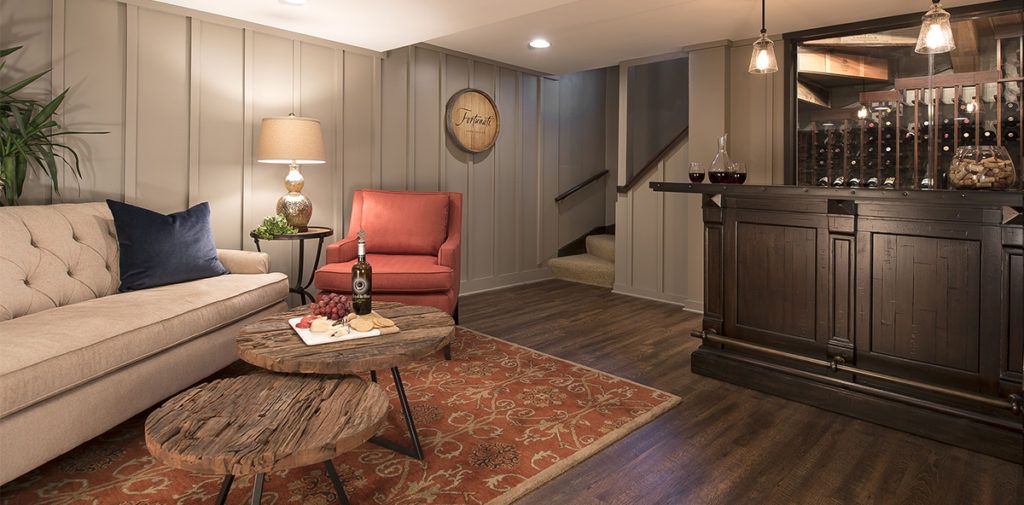Design Style Results
Thank you for taking our Design Style Quiz!
Read below to find out your Design Style Quiz Results! Once you have read about your design style, contact Samantha of Decorating Den Interiors – Designs by Samantha, for a complimentary phone consultation.
Mostly A’s
Traditional Style
Mostly B’s
Transitional Style
Mostly C’s
Contemporary Style
Mostly D’s
Natural Style
Now Read Below about Your own Personal Design Style!
Traditional

Traditional style is a timeless and enduring as a pair of blue jeans; but even the most traditional of consumers invite change, so today’s popular denim pants are slatted with random ripped cutouts; and your classic furnishings might have a flair. For instance that unfinished jeans appearance has even made its way into some furnishings. While the look of classic Chippendale and Louis XV will always have a following, they are currently being overshadowed by a furniture style that transitions between past and present.
Contemporary

Although many people use the words modern and contemporary interchangeably in design, they are not synonymous. Contemporary incorporates more shapes, colors and reflective surfaces, and the use of more man-made materials-Lucite, plastic, stainless steel, Geometic designs, rounded forms, and less squared structure set it apart. Contemporary design allows for much for interpretation.
Transitional

Transitional style is a look, a disparate mix of furnishings to promote a unique individual ambiance. Transitional is the label given to furniture that has been designed with an unexpected twist. It could be a mixture of wood and iron in a single table or desk, or the detail of a wooden grille pattern on the sides of a comfortable lounge chair, or a modified silhouette for the stately wingchair.
Natural & Rustic

Perhaps it is in part due to the 100-year celebration of the National Parks or the appeal of getting away from urban hustle and bustle and retreating to a log cabin sanctuary, but Rustic is very much in style. In the world of interior design, Wabi-sabi, the quintessential Japanese aesthetic view of the beauty of things imperfect, impermanent, and incomplete is a news-worthy as Feng Shui, the art of living in harmony with one’s environment, was a couple of decades ago. The philosophy behind Wabi-sabi changes our perception about the beauty of imperfection and the prized value of things made by hand or that expose the patina of age.
Ready to Work with SJS Designs?
SJS Designs is based on the philosophy that everyone deserves to love their home! It should be a reflection of you and your style. Let Samantha make the process of making your house a home one that will keep you coming back for more!
